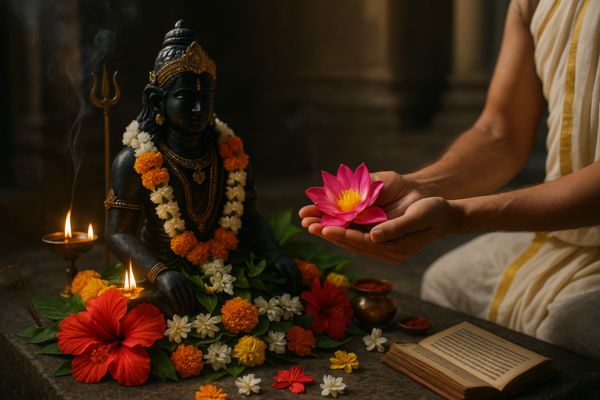
In Hindu dharma, offering flowers is an important part of daily puja and Vedic rituals. Flowers are used as a symbol of purity, devotion, and surrender to the deity. Since ancient times, they have been prescribed in temple worship, homas, and individual pujas as a medium to express bhakti (devotion) and to attract divine vibrations (Chaitanya).
The word Puja itself is said to originate from two Sanskrit roots, 'Pushpam' (flower) and 'Japa' (chanting of mantras), showing the integral role flowers play in worship.
According to the Vedas and Puranas, each deity is pleased by specific flowers, and the way flowers are handled and offered also matters. This article explains why flowers are used, the scriptural rules behind them, which flowers are suitable for which deity, and important do’s and don’ts to keep in mind while offering them in worship.
Why Are Flowers Used in Hindu Pujas?
Flowers are used in Hindu pujas because they represent devotion, purity, and auspiciousness, and they help in establishing a connection between the devotee and the deity. Offering flowers is a way to express reverence (satkaar) and gratitude while invoking divine grace.
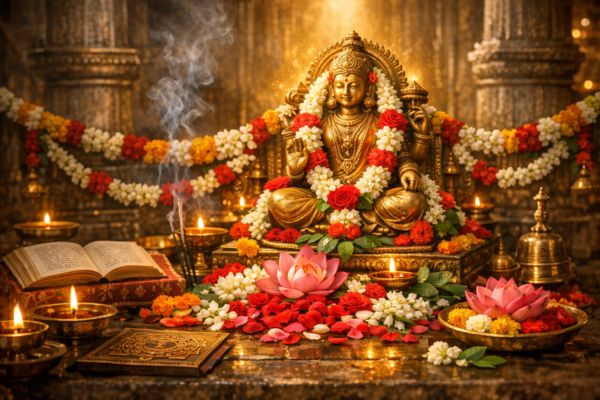
According to Hindu tradition:
- Flowers please the deities because of their natural fragrance, colour, and freshness.
- They are sattvic in nature. Pure, calming, and spiritually elevating, making them ideal for worship.
- The act of offering a flower is symbolic of offering one's ego and desires at the feet of the deity.
The Manusmriti and various Agamas and Puranas mention that rituals performed without pushpam (flowers) are considered incomplete. In temple pujas, especially during Archana, Alankara, and Pushpanjali, flowers are used to worship and decorate the murti (deity idol).
Offering flowers also helps in:
- Creating a spiritually charged environment
- Attracting Pavitrak (divine vibrations) from the deity’s energy field
- Completing the upacharas (16-fold offerings) during a full puja
Thus, using flowers is not merely tradition. It is a scripturally supported and spiritually significant act that purifies both the ritual space and the mind of the devotee.
Scriptural and Spiritual Significance
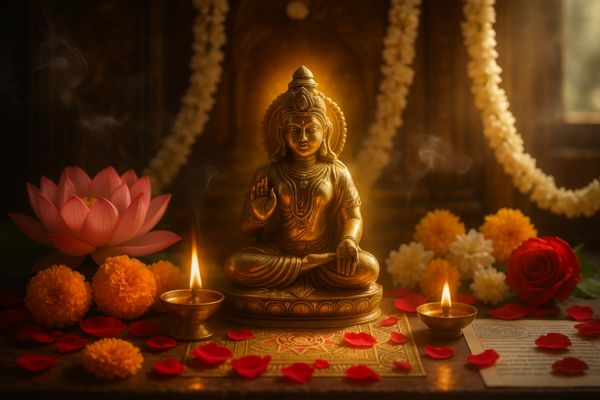
Flowers hold a well-established place in Vedic rituals, temple worship, and household pujas, with multiple scriptural references emphasizing their use. They are not chosen randomly. Their colour, type, fragrance, and freshness are all said to influence the quality of devotional offering and the flow of Chaitanya (divine consciousness).
Mention in Vedas, Puranas, and Temple Rituals
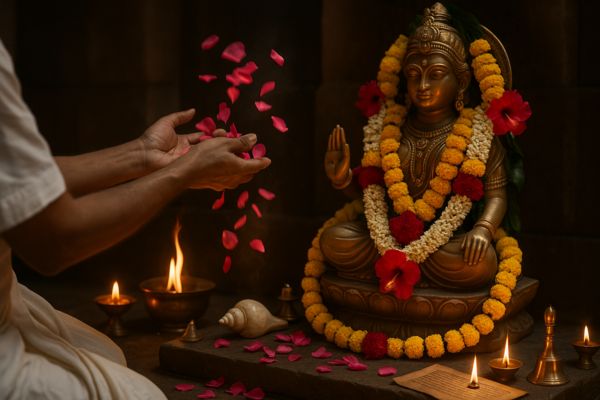
The Rigveda and Yajurveda describe floral offerings (pushpa-arpana) as part of yajnas and invoke deities like Agni, Soma, and Indra using garlands and sacred flowers.
In Puranic literature, such as the Padma Purana and Skanda Purana, it is stated that flowers are among the most sattvic items to offer, and that specific deities are fond of specific flowers. For example, Lord Vishnu is pleased with Tulsi and Parijat, while Goddess Kali is offered red hibiscus.
The Agama Shastras, which guide temple worship and murti-seva, prescribe exact flowers for each deity, along with rules for how they should be collected and offered.
In Tantric worship, especially in Shakti sadhanas, flowers are considered conductors of Shakti tattva (feminine divine energy), and certain rituals are incomplete without offering them.
In daily Nitya Puja, flowers are part of the Shodashopachara Puja—the 16 offerings made to a deity, typically following bathing (snanam), clothing (vastra), and incense (dhupa). The Pushpa Arpana is done before or during Aarti, marking the closing or peak of the ritual.
Spiritual Symbolism
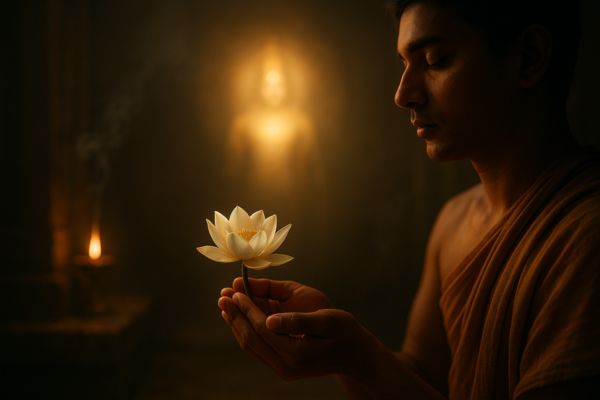
A fresh flower represents the devotee’s clean intention, soft heart, and self-surrender.
Offering a flower means offering the best and most beautiful part of creation to the divine.
The act of offering becomes a meditative gesture that draws attention away from worldly distractions and focuses the mind on Ishwararpana bhava, offering everything to God.
According to the Bhagavad Gita (9.26), Lord Krishna says:
'Patram pushpam phalam toyam yo me bhaktya prayacchati'
“Whoever offers Me with devotion a leaf, a flower, a fruit, or water, I accept it.”
This verse confirms that even the simplest offering, if made with devotion, is received by the divine.
Which Flowers Are Offered to Which Deity?
In Hinduism, each deity is associated with specific flowers based on their energetic vibration, scriptural instructions, and symbolic meaning. Offering the correct flower to a deity is considered essential in pleasing the divine, enhancing the power of the ritual, and maintaining scriptural integrity.
Lotus – Offered to Goddess Lakshmi and Saraswati
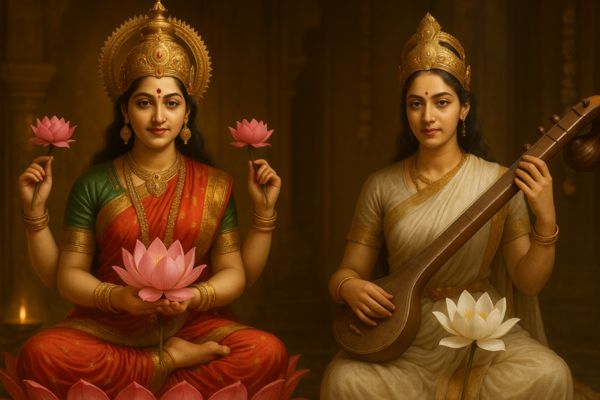
- The Lotus (Padma) symbolizes purity, abundance, and divine birth.
- Goddess Lakshmi, the goddess of wealth, is depicted seated on a lotus and holding lotus flowers.
- Goddess Saraswati, representing knowledge and inner clarity, is also worshipped with white or pink lotus flowers.
Datura – Offered to Lord Shiva
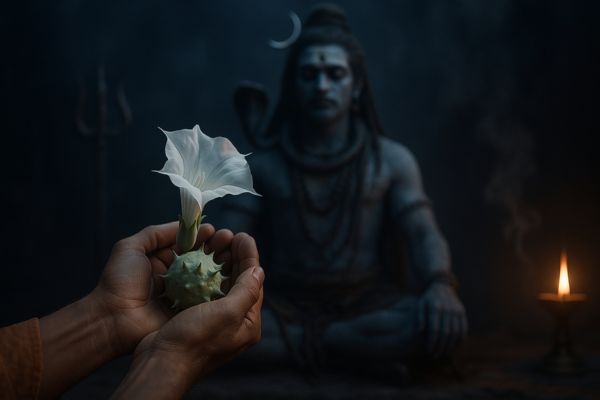
- Datura (thorn apple) is considered sacred to Lord Shiva.
- It represents detachment from sensual pleasures and is often offered during Shravan month and Shivratri.
- It is believed to have emerged from the churning of the ocean (Samudra Manthan) and symbolizes Shiva’s power to neutralize poison.
Marigold – Offered to Lord Ganesha and Lord Hanuman
- Marigold (Genda) is associated with auspiciousness and strength.
- Offered to Lord Ganesha during Ganesh Chaturthi and other pujas for removal of obstacles.
- Lord Hanuman is also offered marigolds (especially orange ones), representing valor and devotion.
Bilva Leaves – Sacred Offering for Lord Shiva (Though Not a Flower)
_201558.jpg)
- While not a flower, Bilva (Bel) leaves are essential for Shiva worship.
- The trifoliate leaf represents the three eyes of Lord Shiva and the three gunas (sattva, rajas, tamas).
- Offering bilva leaves is said to wash away sins and invoke Shiva’s blessings.
Red Hibiscus – Offered to Goddess Kali and Durga
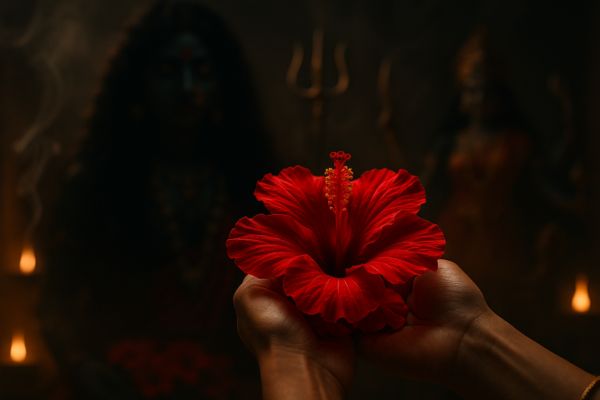
- The red hibiscus (Japa Pushpam) is sacred to Goddess Kali and Durga, representing Shakti (divine feminine power).
- The bright red color reflects energy, fierceness, and protection.
- Devotees often offer 108 hibiscus flowers during special Kali pujas.
Parijat (Night-flowering Jasmine) – Offered to Lord Vishnu and Krishna
 – Offered to Lord Vishnu and Krishna_201539.jpg)
- Known as Parijat or Harsingar, this fragrant flower is associated with Lord Vishnu and Lord Krishna.
- It symbolizes divine love, surrender, and purity.
- It is often offered during Vaishnava pujas, Satyanarayan pujas, and in Ekadashi rituals.
Which Flowers Are Considered Inauspicious and Why?
In Hindu dharma, it is taught that God accepts all offerings made with a pure heart. As stated in the Bhagavad Gita (9.26):
“Whoever offers Me with devotion a leaf, a flower, a fruit, or water, I accept it.”
This verse clearly emphasizes that bhaav (devotional intent) is more important than the object itself.
However, certain flowers are traditionally avoided during puja:
These preferences are not about condemnation of the flower itself, but about energetic alignment and scriptural instructions that have evolved over time through temple practices and Agama Shastras. Some flowers may be associated with tamasic energies, strong odors, or are not considered suitable for the sattvic nature of certain deities.
Flowers traditionally avoided include:
Ketaki (Screwpine) –
_201545.jpg)
Not offered to Lord Shiva due to a story in the Puranas where the Ketaki flower was cursed for bearing false witness during a dispute between Vishnu and Brahma.
Malti and Vatsaka
–
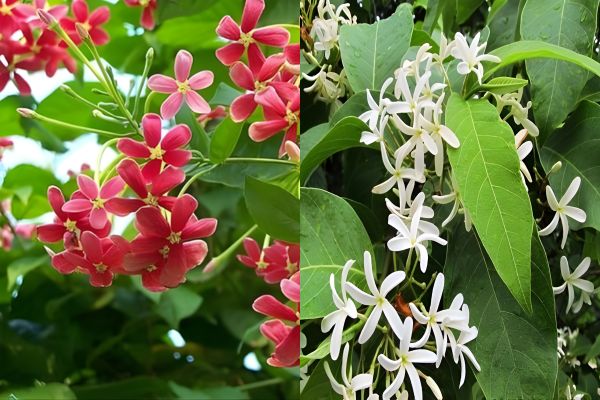
Generally avoided due to their strong odor and tamasic properties.
Fallen, dried, or wilted flowers
–
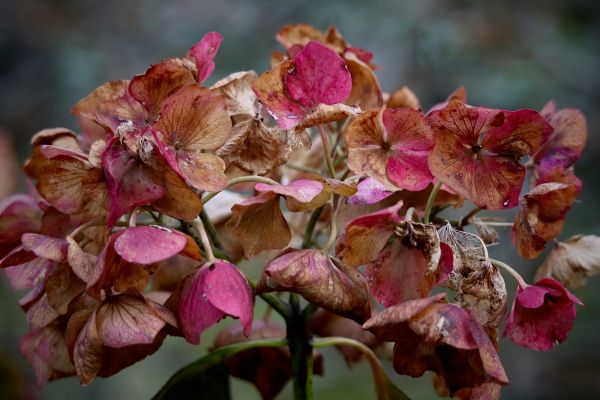
Considered inauspicious as they represent decay and are not fresh offerings.
Flowers that have touched the ground –
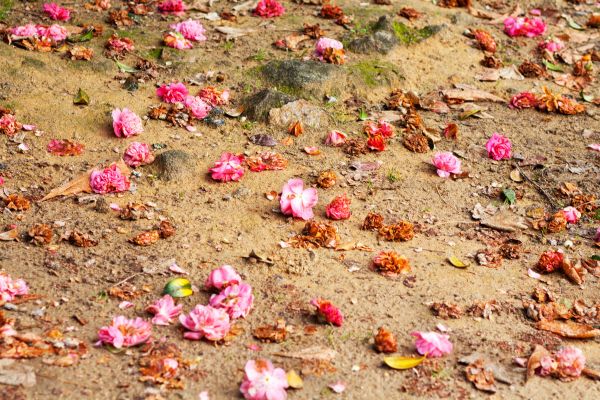
Energetically considered impure unless specifically cleaned and repurified.
Artificial or scented plastic flowers
–
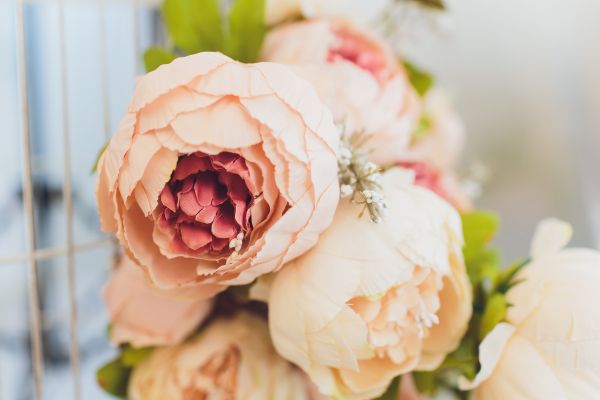
Though visually appealing, they lack prana (life-force) and fragrance, which are necessary to carry subtle divine vibrations.
Spiritual Note:
No flower is inherently bad or untouchable. In some cases, a flower that may be avoided in Vedic rituals could still be used in folk traditions or Tantric worship where the symbolism differs. The purity of the offering lies in the devotion behind it. If a devotee does not have access to the recommended flowers, a simple bloom, offered with humility and love, is more than enough.
How to Offer Flowers in a Puja
In Hindu rituals, the act of offering flowers is considered an upachara (reverent gesture) toward the deity. Like all aspects of puja, it should be performed with cleanliness, care, and devotion. While specific rituals may vary by sampradaya (tradition) and region, the following guidelines are commonly observed in temples and home worship.
- Use Fresh Flowers Only
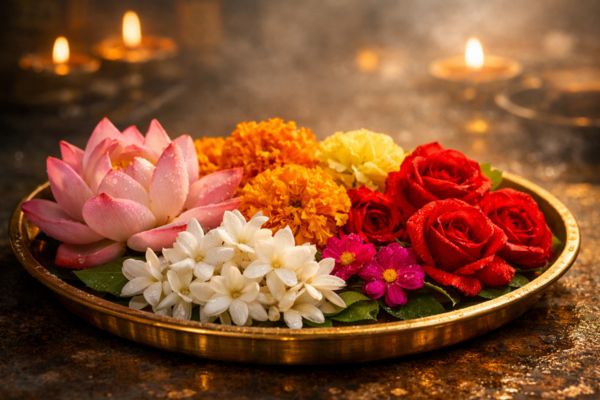
Flowers must be fresh, clean, and fragrant. They should preferably be plucked on the same day, ideally in the morning during Brahma Muhurta (pre-dawn spiritual hour). Wilted, dry, or broken flowers should be avoided.
- Offer with the Stalk Facing the Deity
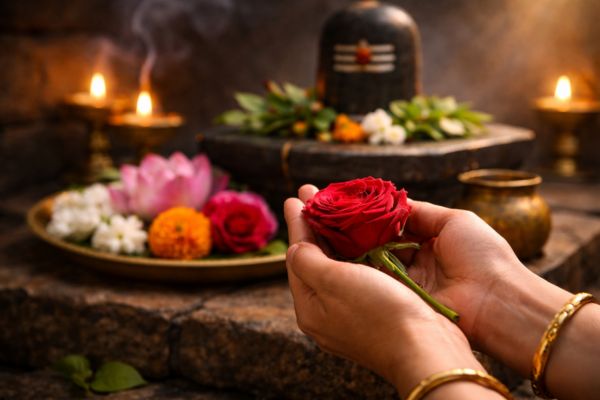
When offering a flower, the stalk (stem) should face the deity, and the bloom should face outward toward the devotee. This is based on Agama principles, where the energy of the deity flows through the bloom and reaches the devotee.
- Chant While Offering
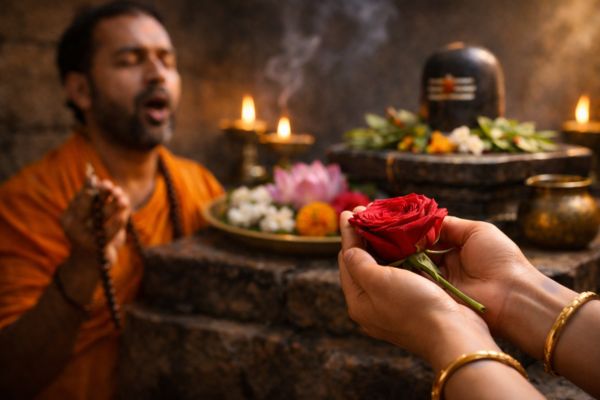
Flowers can be offered silently or while chanting mantras, such as the 108 names of the deity (Ashtottara Shatanamavali) or with a simple “Om [Deity Name] Namah”. During Archana or Aarti, flowers are offered one by one with each name.
- Place Flowers on Specific Parts of the Idol or Photo
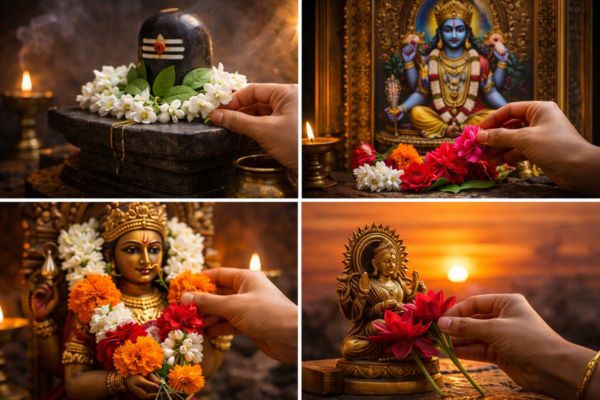
Depending on the ritual:
- For Shiva, flowers and Bilva leaves are placed directly on the Shivalinga.
- For Vishnu, flowers are placed near the feet.
- For Devi forms, garlands may be placed around the neck or offered at the base of the idol or photo.
- For Surya (Sun deity), red lotuses or red flowers are shown in the direction of the rising sun and then placed at the altar.
- Use the Right Hand
Flowers should always be offered using the right hand, as per traditional etiquette. The left hand is generally not used in offering rituals unless the right hand is unavailable for specific reasons.
Do’s and Don’ts While Handling or Placing Flowers
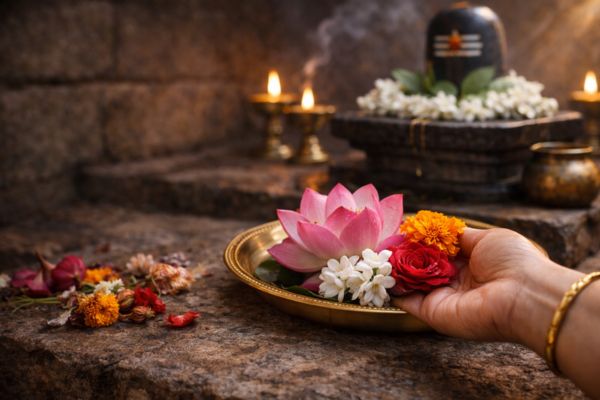
Offering flowers in a puja is not just about beauty or fragrance-it is a spiritual gesture that carries energy, intention, and respect. Hindu scriptures and temple traditions outline specific do’s and don’ts to maintain sanctity while handling flowers during worship.
Do’s
Use Only Fresh Flowers:
Ensure that flowers are freshly plucked and have not wilted. If stored, they should be kept in a clean space, away from heat and impurity.
Pluck Flowers After Bathing:
Always take a bath before plucking flowers for puja. This ensures physical purity and respectful preparation.
Offer with the Right Hand:
Use your right hand while offering flowers, as it is considered auspicious and sacred for giving.
Keep Flowers in a Clean Vessel or Plate:
Use a brass, copper, or stainless-steel plate to hold flowers before offering. Avoid plastic or paper.
Use Specific Order in Offerings:
In some traditions, devotees begin with smaller, bright-coloured flowers and end with white or larger flowers symbolizing a progression from the outer world to inner purity.
Chant Mantras While Offering:
Recite Ashtottara (108 names), Sahasranama, or simple mantras of the deity as you offer each flower.
Offer the Whole Flower, Not Torn Petals:
Whole, intact flowers are ideal. If petals are used (e.g., in Pushpanjali), they should be clean and offered respectfully.
Don’ts
Do Not Use Fallen Flowers:
Flowers that have touched the ground are considered impure and should not be offered.
Avoid Wilted or Dry Flowers:
These symbolize decay and are not appropriate for invoking divine energy.
Do Not Smell the Flowers After Picking:
According to tradition, once a flower is picked for God, it should not be enjoyed by the devotee (including by smelling).
Avoid Plucking Flowers at Night:
Unless part of a specific ritual, picking flowers after sunset is discouraged.
Do Not Offer Flowers Meant for Other Rituals:
Some flowers like Ketaki or certain wildflowers are reserved for specific forms or stories and are not suitable for all deities.
Never Offer with the Left Hand:
The left hand is considered impure for ritual actions unless under exceptional circumstances.
Benefits of Using Flowers in Worship
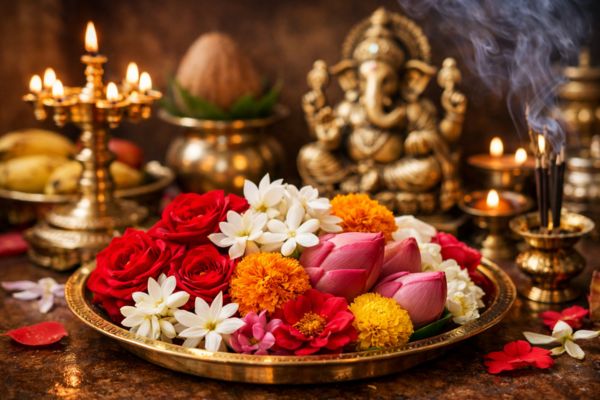
Flowers have been used in Hindu rituals for thousands of years not only because they are pleasing to the senses, but because they carry subtle spiritual vibrations that support inner transformation. Their colour, fragrance, and purity make them ideal carriers of devotional energy and divine blessings.
Spiritual Benefits
Acts as a Medium to Transmit Bhakti (Devotion)
_201562.jpg)
Offering a flower is an external expression of surrender and humility. In doing so, the devotee symbolically offers their ego, desires, and worldly attachments to the deity.
Attracts Divine Energies (Chaitanya)
_201560.jpg)
According to Agamic and Tantric texts, flowers possess the ability to attract and hold subtle vibrations. When offered during puja, they draw divine energy from the deity and help transfer it into the surroundings and into the devotee.
Helps Complete Ritual Energy Cycle
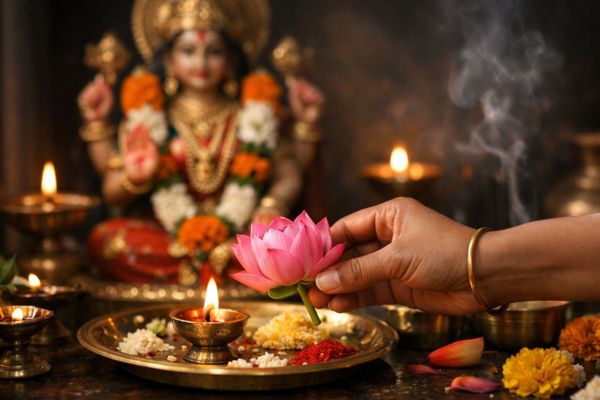
In a properly performed puja, the offering of flowers is part of the Shodashopachara (16-step worship). Each flower offered concludes a specific step and helps seal the energy exchange between devotee and deity.
Supports Sattva Guna (Purity)
_201534.jpg)
Flowers naturally promote sattva. The quality of peace, clarity, and harmony. This sattvic influence helps purify the altar, home environment, and even one’s own thoughts.
Emotional Benefits
Calms the Mind and Focuses Attention
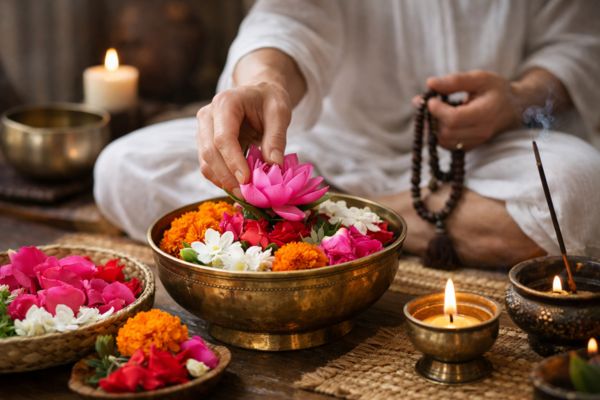
The act of selecting, handling, and offering flowers with intent can calm the nervous system and increase mindfulness, especially when combined with mantra chanting or meditation.
Creates a Sense of Connection
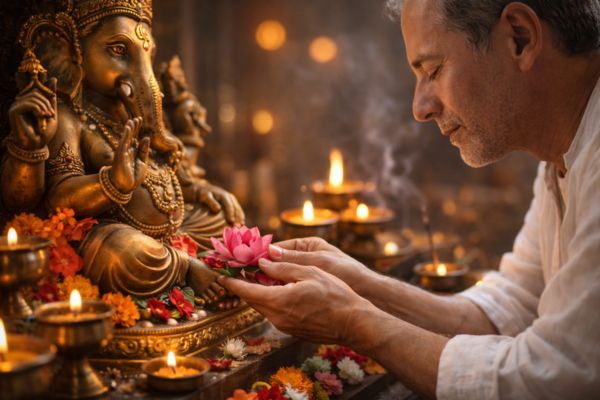
Offering a flower is an act of intimate connection with the deity, helping the devotee feel a personal bond with the divine, which brings emotional comfort and trust.
Uplifts the Atmosphere
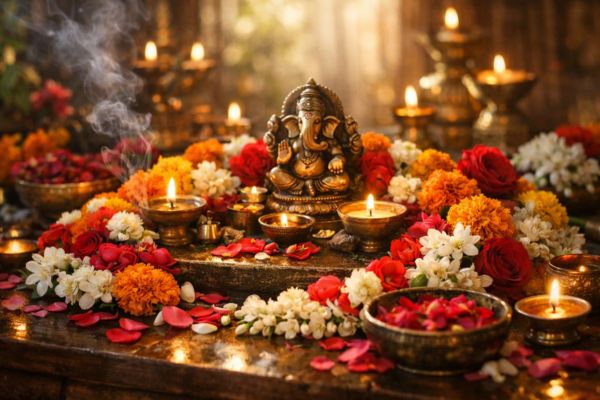
Fragrant and colourful flowers transform the space into a sacred zone, making it easier to shift from daily concerns into a devotional mindset.
Cultivates Gratitude and Reverence
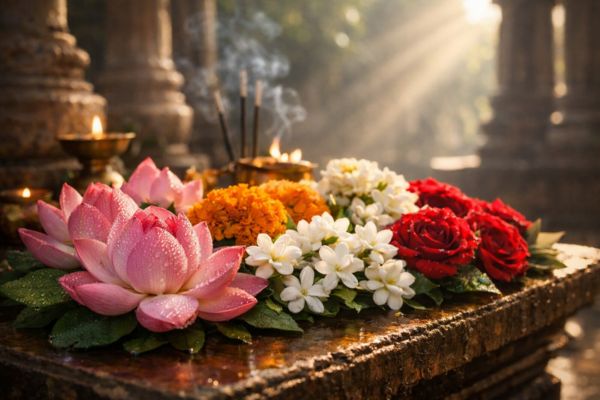
When we offer the best of what nature provides fresh, beautiful flowers. It reminds us to be grateful, respectful, and conscious in our approach to worship and life.
Explore Fresh Flowers, Herbs, Leaves, and Seeds for Puja at Rudra Centre
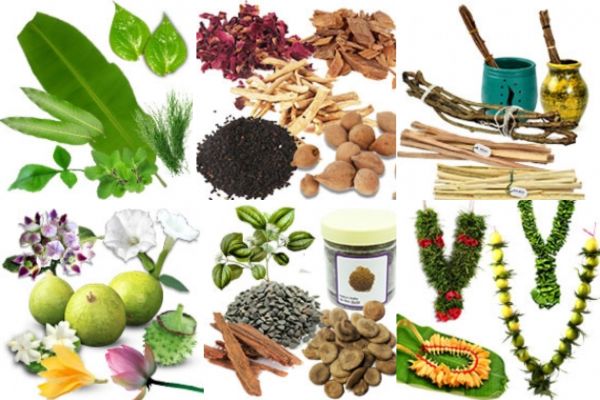
At Rudra Centre, you can source high-quality fresh flowers, sacred herbs, Bilva leaves, and ritual seeds prepared with traditional care and purity. These spiritual essentials are selected with strict adherence to scriptural guidelines, ensuring they carry sattvic energy and are suitable for all your puja rituals, homas, and temple offerings. Whether you seek Bilva leaves for Shiva puja, Tulsi for Vishnu worship, or specific flowers to please your chosen deity, Rudra Centre provides authentic, fresh, and energetically potent items to enhance your spiritual practice.
Click on the link to explore Rudra Centre’s range of fresh flowers, herbs, leaves, and seeds for your next puja.

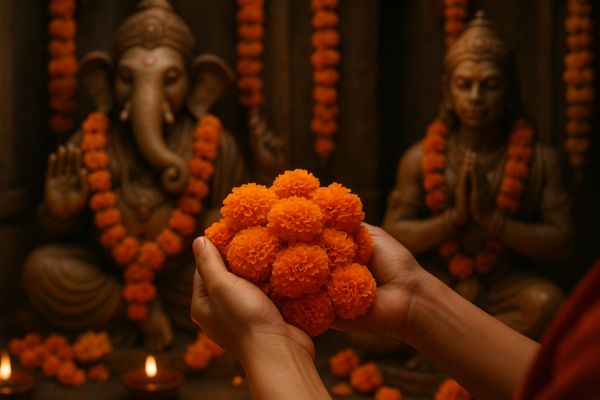

-in-Astrology.jpg)
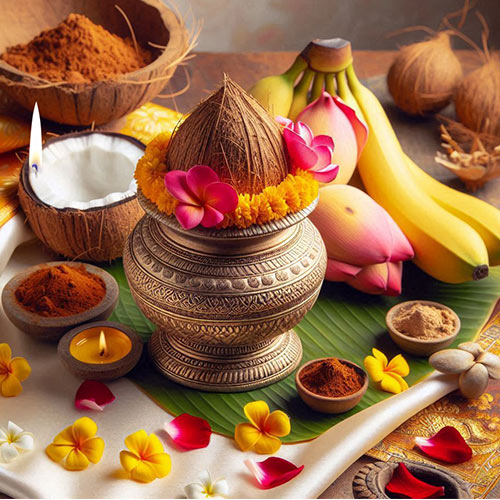
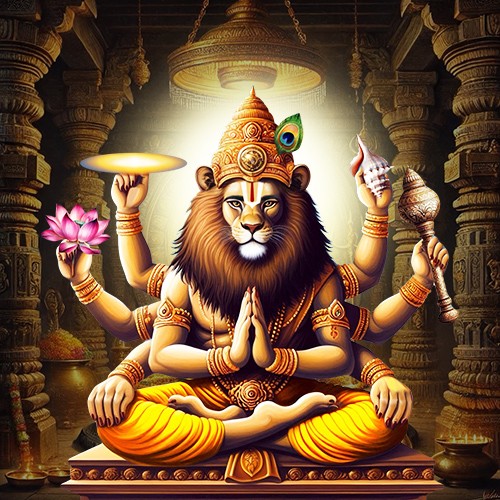
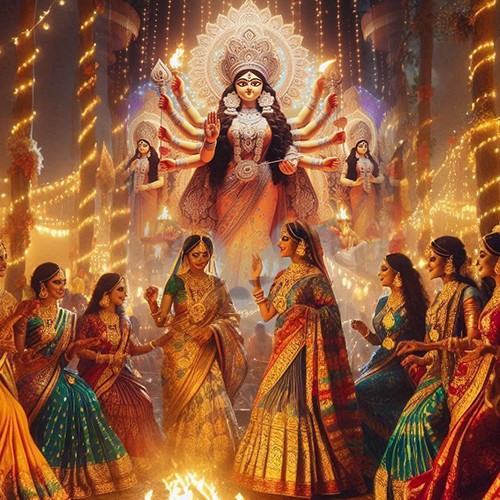
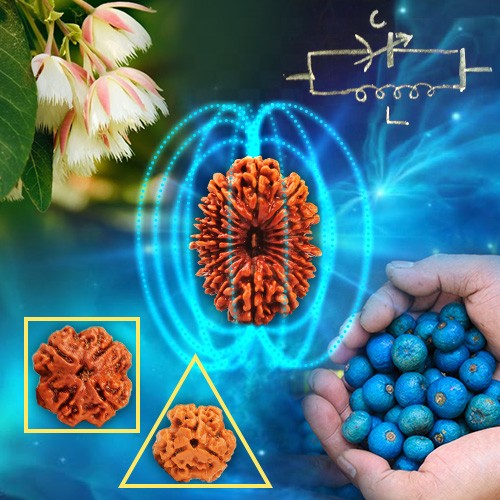

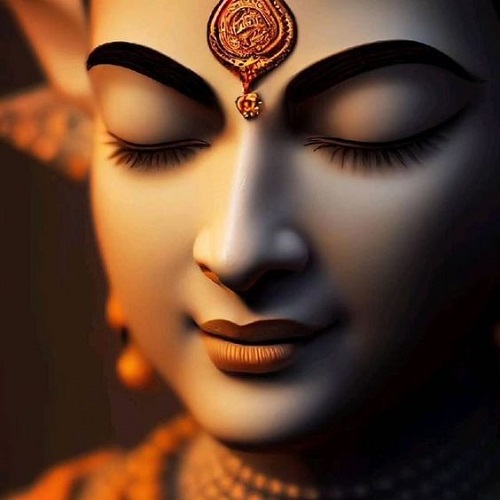
.jpg)
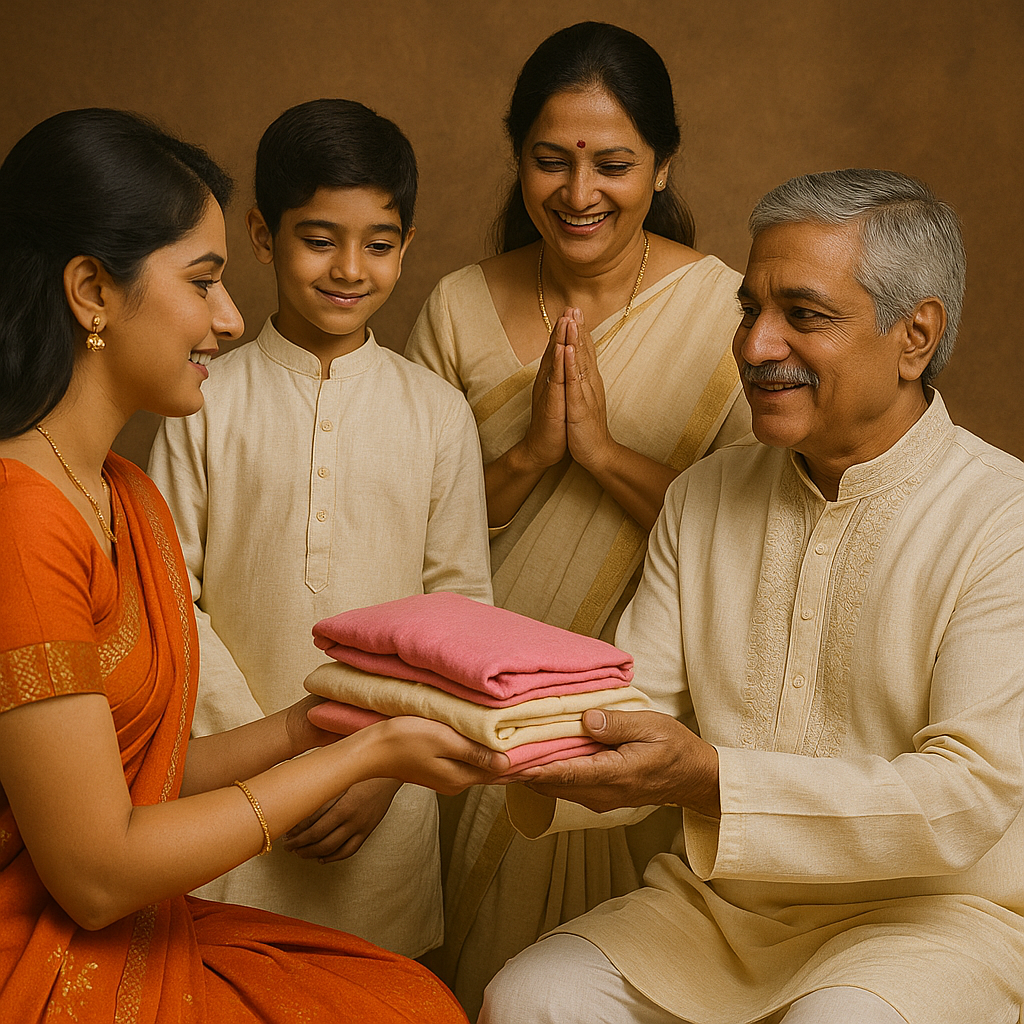
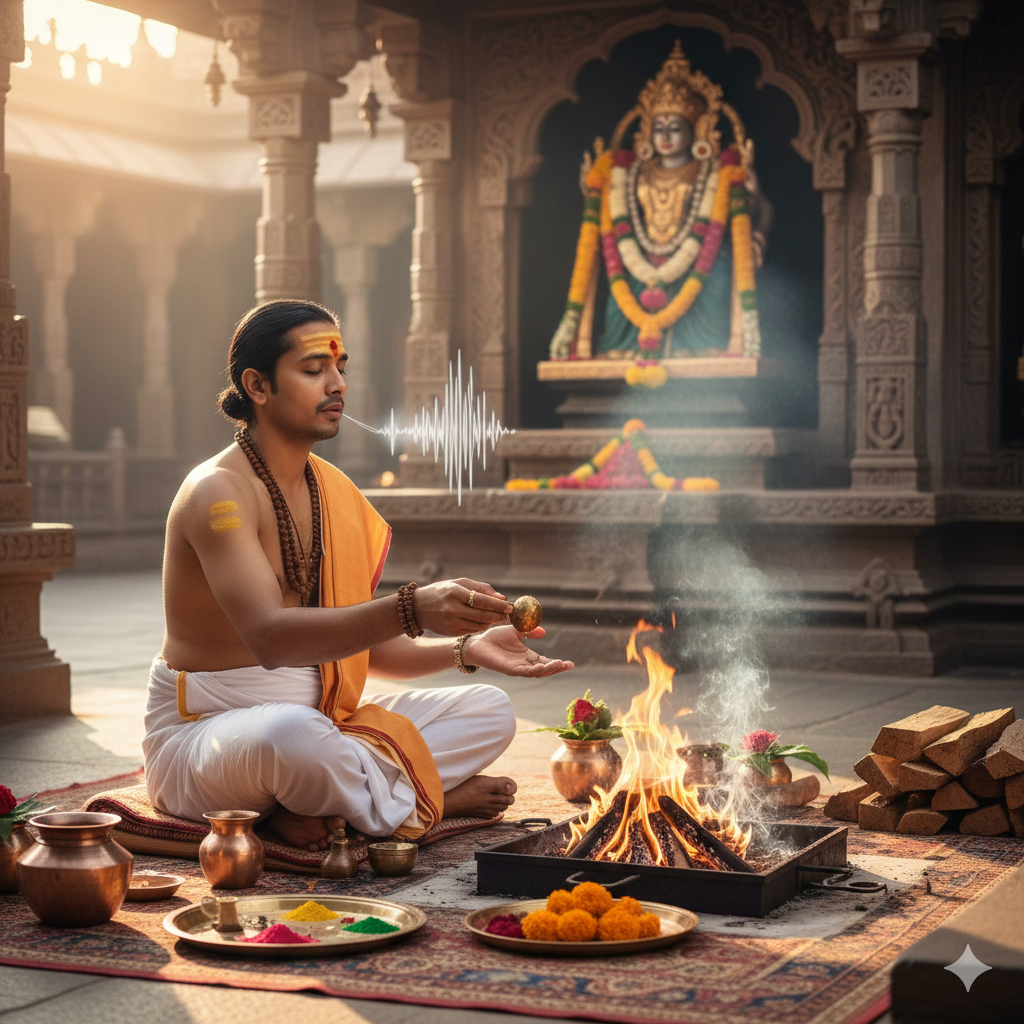
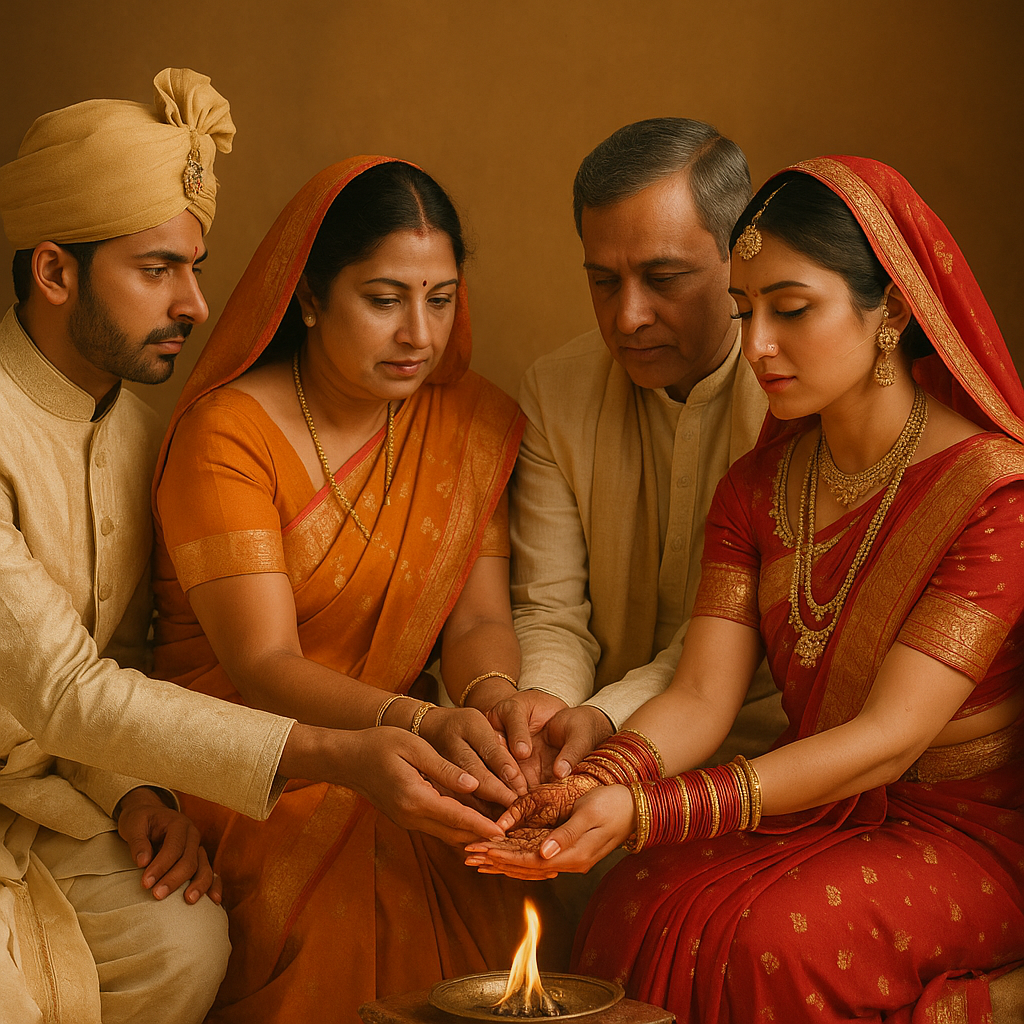
Comments 0
Leave your thought here